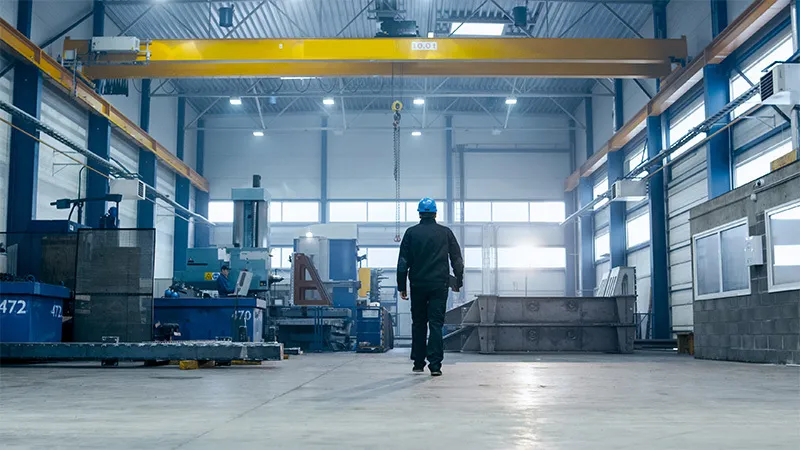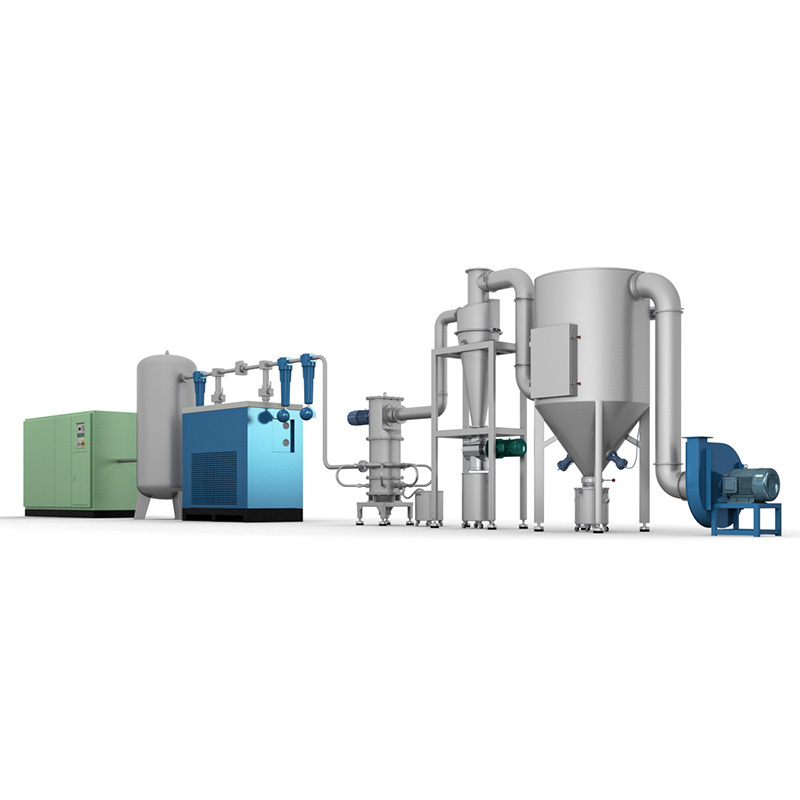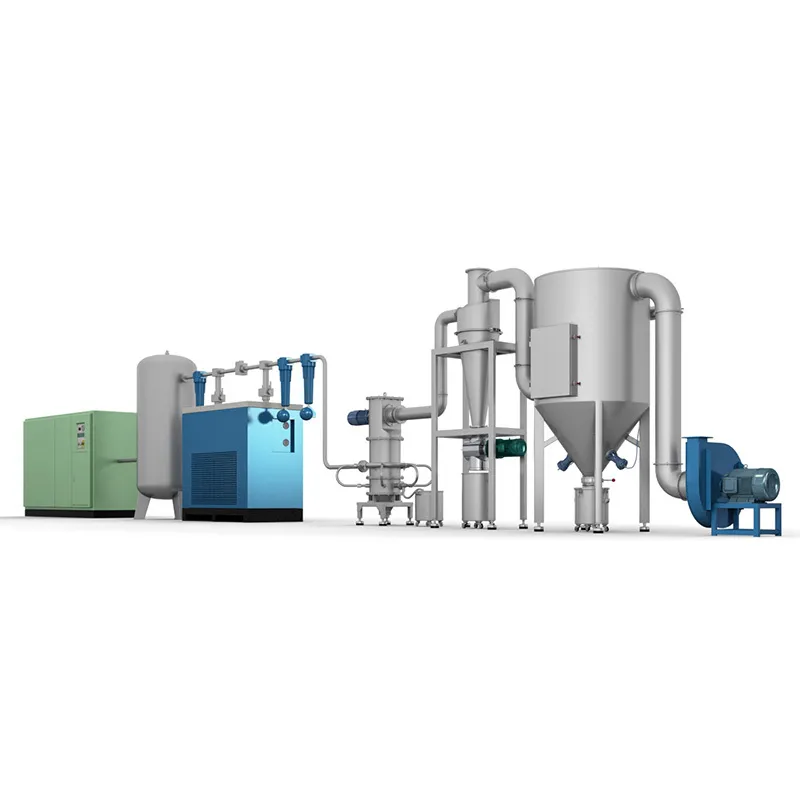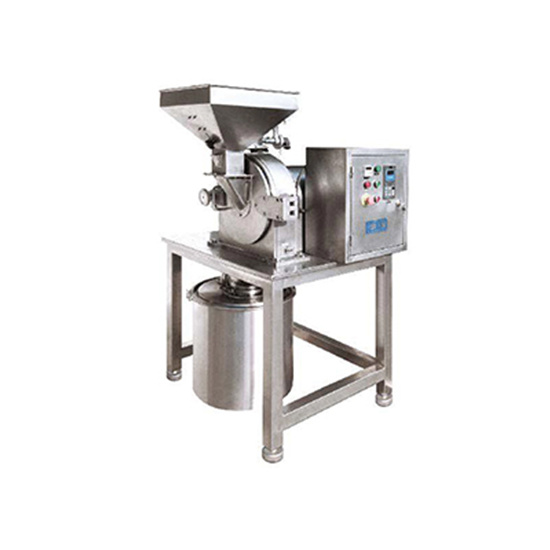NEWS
How to Choose the Right Feeding System for Your Manufacturing Process
Nov 02,2023
1. Introduction
In today's highly competitive manufacturing industry, choosing the right feeding system is crucial for achieving optimal efficiency and productivity. A well-designed feeding system ensures the smooth and continuous supply of materials to various stages of the manufacturing process. This article aims to guide you through the process of selecting the ideal feeding system that aligns with your specific manufacturing requirements.
2. Understanding the Importance of a Feeding System
A feeding system acts as the lifeline of any manufacturing process, as it determines the smooth flow of materials from their source to the production line. It eliminates manual handling, reduces downtime, and enhances overall productivity. By automating the feeding process, manufacturers can achieve higher accuracy, precision, and consistency in their operations.
3. Assessing Your Manufacturing Process
Before considering the different types of feeding systems available, it is important to evaluate your manufacturing process thoroughly. Take into account factors such as production volume, material type, speed requirements, and the level of customization needed. This assessment will provide valuable insights into the type of feeding system that best suits your specific production requirements.
4. Types of Feeding Systems
4.1 Manual Feeding Systems
Manual feeding systems involve human operators manually supplying materials to the production line. While this method allows for flexibility and adaptability, it is often labor-intensive and prone to human error. Manual feeding systems are suitable for low-volume production or when handling delicate or irregularly shaped materials.
4.2 Automated Feeding Systems
Automated feeding systems utilize machinery and robotics to deliver materials to the production line. These systems are highly efficient, precise, and can handle large volumes of materials at high speeds. They are ideal for continuous, high-volume production and offer improved accuracy and repeatability.
4.3 Semi-Automated Feeding Systems
Semi-automated feeding systems combine the benefits of both manual and automated systems. They involve the use of machinery or equipment to assist human operators in the feeding process. These systems strike a balance between flexibility and efficiency, making them suitable for medium-volume production with varying material types and sizes.
5. Factors to Consider When Choosing a Feeding System
When selecting a feeding system, it is essential to consider several important factors that align with your manufacturing process. These factors include:
5.1 Production Volume and Speed
Evaluate the required production volume and speed to determine if the feeding system can handle the desired output. Consider the system's capacity, feeding rates, and any potential bottlenecks that may arise.
5.2 Material Compatibility
Ensure that the feeding system is compatible with the materials used in your manufacturing process. Consider factors such as material size, shape, consistency, fragility, and flow characteristics. Compatibility issues can lead to interruptions in the production line and affect product quality.
5.3 Flexibility and Adaptability
Assess the feeding system's ability to adapt to changes in production needs and accommodate different materials or product variations. Flexibility allows for quick adjustments and reduces downtime during product changeovers.
5.4 Precision and Accuracy
For industries requiring high precision and accuracy, choose a feeding system that can consistently deliver materials with minimal variation. Precision is crucial for ensuring product quality and minimizing waste.
5.5 Cost and Return on Investment
Consider the initial investment cost of the feeding system and evaluate its long-term return on investment. Factor in maintenance costs, energy consumption, and potential savings in labor and material costs.
5.6 Maintenance and Support
Ensure that the chosen feeding system is easy to maintain and has reliable technical support. Regular maintenance and prompt support contribute to the system's longevity and overall production efficiency.
Choosing the right feeding system is a critical decision that directly impacts the efficiency and productivity of your manufacturing process. By considering factors such as production volume, material compatibility, flexibility, precision, cost, and maintenance, you can make an informed choice that aligns with your specific requirements. Remember, a well-designed feeding system can significantly enhance your manufacturing operations, leading to improved product quality, reduced costs, and increased customer satisfaction.
More News










